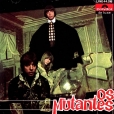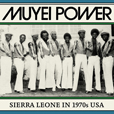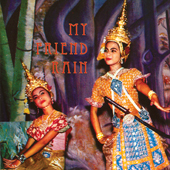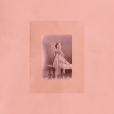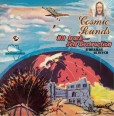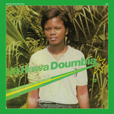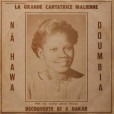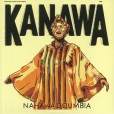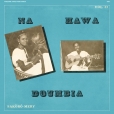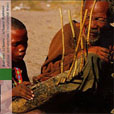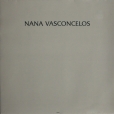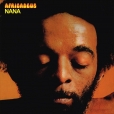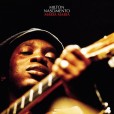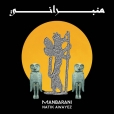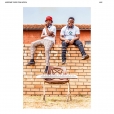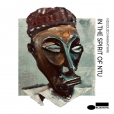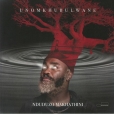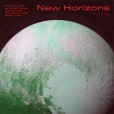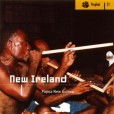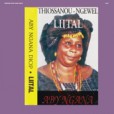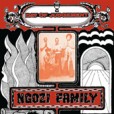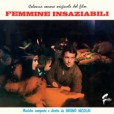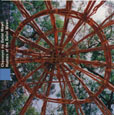Your basket is empty

Their debut album from 1968 is fittingly the best way in.
A classic: musically kaleidoscopic, frolicsome, and revolutionary.
‘Dreamy musical segments, fleeting glimpses, odd sounds, temple shrines, decay, death, afternoon rains, and mysterious celebrations… from the Irrawaddy delta to humid nights on the streets of Isan province.’
Amazing, psychedelic, engagé afro-disco from the same milieu as William Onyeabor, with Gaspar Lawal on percussion. Very warmly recommended.
Beautifully direct Wassoulou songs by the twenty-year-old accompanied only by N’Gou Bagayoko on acoustic guitar.
Starkly intimate, utterly captivating early recordings by this wonderful Malian singer. Voice and acoustic guitar only; as if you were the only person in the room.
The sound has been brilliantly restored by Awesome Tapes, for its fiftieth release.
Achingly beautiful music; hotly recommended.
Instrumental music from the north: like the hunting bow, made from wild vine and the tendon of an antelope, struck with a stick or a porcupine spine. One end goes in the performer’s mouth, which makes a resonator.
In the new Luminessence series of ECM’s vinyl-reissues: audiophile pressings in elegant, high-quality editions, with tip-on gatefold sleeves including new liner notes.
Deep, vibesing, rootical excursions in Brazilian percussion, especially berimbau; originally released by Saravah in 1973.
Newly remastered from the master tapes; gatefold sleeve.
Fabulous.
Music for a ballet telling the life of of a daughter of a black slave, recorded in 1974 by the likes of Nana Vasconcelos, Joao Donato, Paulinho Jobim, and members of Som Imaginario; and containing the definitive versions of some of MN’s most iconic songs, including Os Escravos De Jó and Maria Maria.
‘Sheer beauty’ (The Guardian). ‘You don’t need to understand a word to realise that this is awesome music’ (Time Out).
Two teenagers’ amapiano music from Gauteng province in South Africa, drawing on jazz, folk, afro, deep and tech house, kwaito, and dibacardi… but sounding like none of them.
The pianist’s tenth studio album — the very first release on the newly formed imprint Blue Note Africa — ‘pulls his most foundational cultural Influences into a space where the sounds of the South African landscape are placed at the center of the nation’s evolving jazz songbook. A central figure of the country’s vibrant jazz scene, Makhathini assembled a band consisting of some of South Africa’s most exciting young musicians including saxophonist Linda Sikhakhane, trumpeter Robin Fassie Kock, vibraphonist Dylan Tabisher, bassist Stephen de Souza, percussionist Gontse Makhene, and drummer Dane Paris, as well as guest vocalists Omagugu Makhathini and Anna Widauer, and America saxophonist Jaleel Shaw.’
‘Admirers of Shabaka & The Ancestors will recognise a similarly incantatory vibe. And if that listener is also familiar, as is likely, with Pharoah Sanders and Azar Lawrence (with whom Makhathini has also played), they will hear those resonances, too… traditions, particularly of South African folk and ritual music, play a major part. African America is also in the mix, through Randy Weston and Don Pullen…’ (Chris May, All About Jazz).
‘From the trios of pianists Kyle Shepherd, Bokani Dyer and Yonela Mnana, to the genre-defying exploits of guitarists Vuma Levin and Reza Khota; and from artists inspired by age-old traditions, like Lwanda Gogwana and Mandisi Dyantyis, to the cosmic explorations of Siya Makuzeni, Benjamin Jephta, Thandi Ntuli, Zoë Modiga and Shane Cooper’s Mabuta’ — Johannesburg label Afrosynth rounds up some of SA’s most talented young composers and bandleaders, as well as a wider cast of supporting musicians.
Throughout the 1980s and 1990s, Diop was celebrated in Senegal for her taasu, a form of oral poetry spoken call-and-response by griot women to the rhythmic accompaniment of sabar and tama drums. Then, in 1994, she dropped this incendiary combination of taasu and her own stripped, super-charged conception of mbalax…
‘Paul Ngozi’s debut album of rawly intense proto-punk and garage Zamrock, featuring Chrissy Zebby Tembo. From 1976, the same year as Lazy Bones!! by Witch, and Rikki Ililonga’s Zambia, ushering in the golden era of Zamrock and trailering a dozen Paul Ngozi and Ngozi Family releases, bestride funk and punk, driving hard rock and Zambian folk melodies and rhythms.’
Rugged songs with gurumi lute accompaniment to celebrate the opening of the bush, summon genies, honour animals and praise huntsmen.
